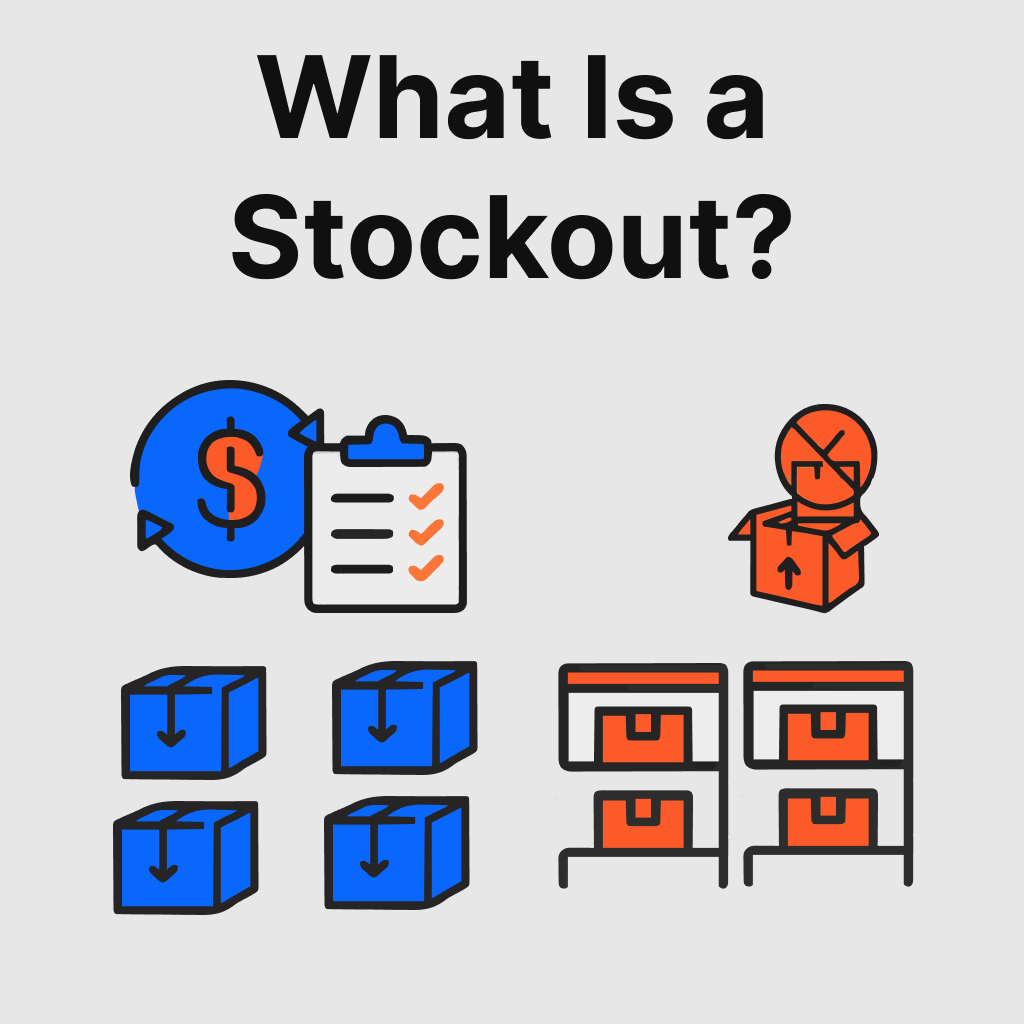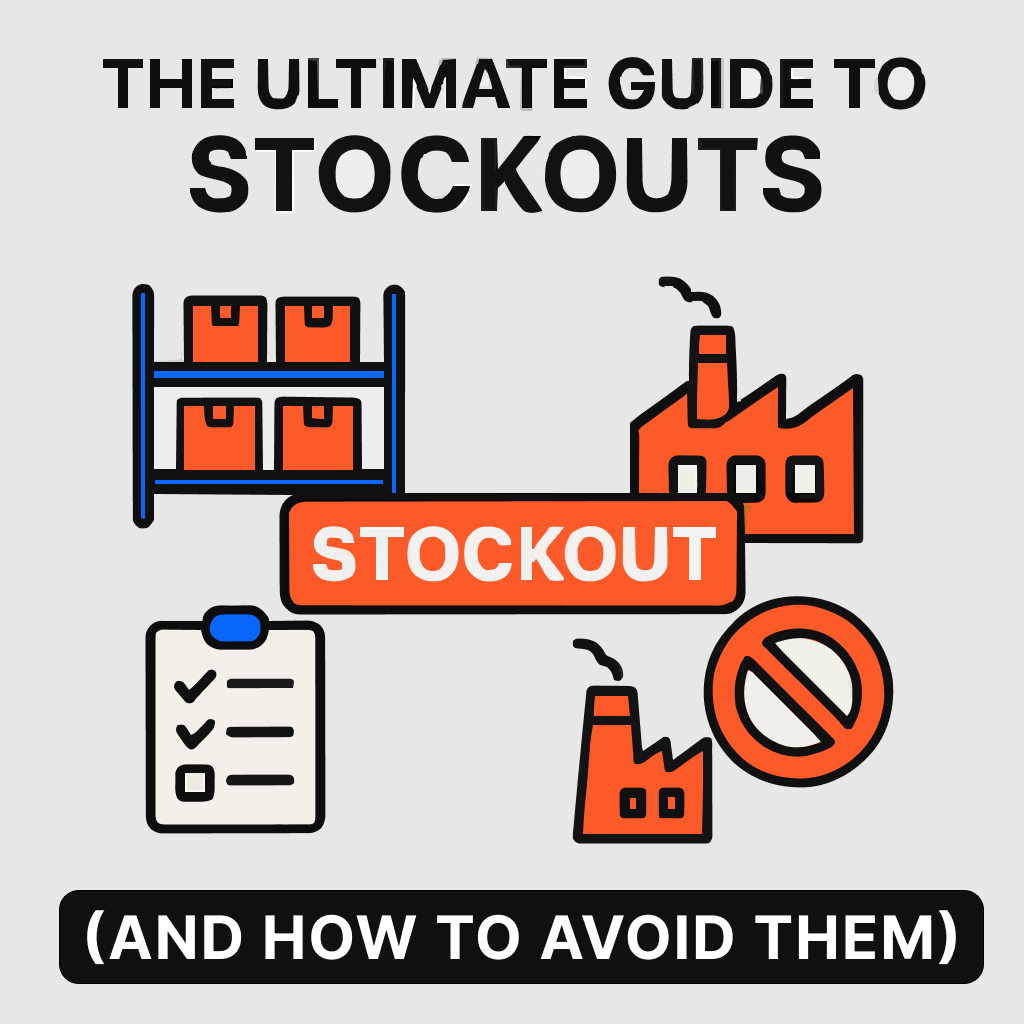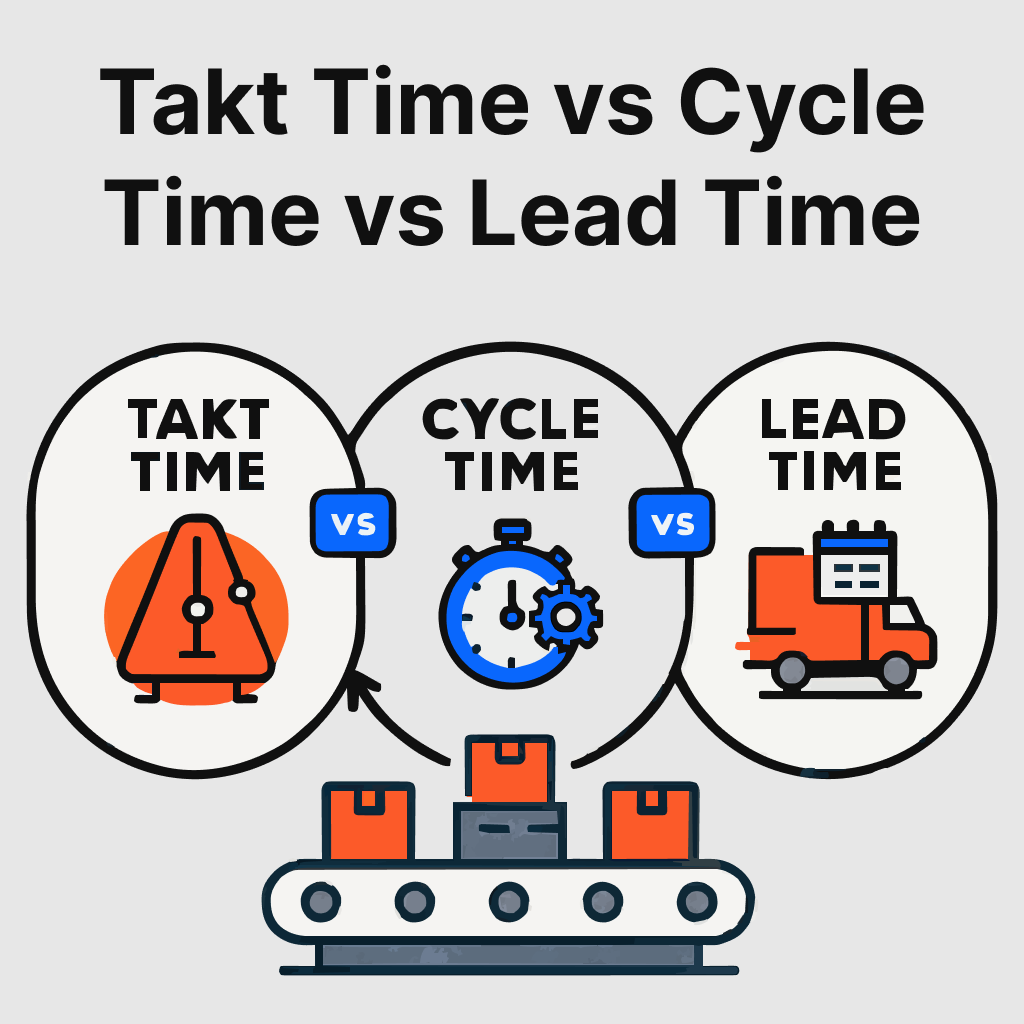What Causes Stockouts in Manufacturing?
Demand Forecasting Failures: The Planning Trap
Poor demand forecasting accounts for 70-90% of stockout incidents. Traditional forecasting methods often fall short in volatile markets, where customer demand can shift rapidly due to economic conditions, seasonal factors, or unexpected events. When businesses rely on outdated methods like static Excel models or top-down forecasting approaches, they often miss the nuanced patterns that drive customer demand. Seasonal fluctuations, market trends, and promotional impacts require sophisticated analysis that many traditional forecasting methods simply cannot provide.
The challenge intensifies when you consider the complexity of manufacturing demand. You're not just forecasting end-customer demand – you need to account for production lead times, component availability, quality variations, and seasonal fluctuations. A small error in your forecast can compound into a major stockout when these factors align unfavorably.
Inventory Data Discrepancies
Inaccurate inventory records create a dangerous illusion of availability. Manual counting systems, delayed data synchronization between sales channels, and inventory shrinkage from theft or damage all contribute to discrepancies between recorded and actual stock levels. When your system shows 50 units available but only 10 exist in your warehouse, you're setting the stage for disappointed customers and cancelled orders.
Manufacturing companies face particular challenges here, with more than 40% expecting inventory levels to shrink by 1.6% over the next year. Without careful management, these shrinking inventories can quickly spiral into stockout situations.
Supplier Reliability Issues
Your inventory levels depend entirely on your suppliers' ability to deliver on time and in full. When suppliers face their own challenges – capacity constraints, quality issues, or their own stockouts – your carefully planned inventory levels quickly become inadequate.
The problem becomes more complex as supply chains grow longer and more specialized. A disruption at a single supplier three tiers removed from your operation can still create stockouts in your facility. This interconnectedness makes supplier reliability both more critical and more difficult to manage.
Internal Inventory Process Breakdowns
Despite technological advances, 62% of manufacturing leaders cite labor shortages as a key short-term challenge, contributing to internal coordination failures that can trigger stockouts. Sometimes stockouts occur not because of external factors, but because of internal coordination failures. Inaccurate inventory records, poor communication between departments, or delayed reorder decisions can all lead to unexpected stockouts.
These internal failures are often the most frustrating because they feel completely preventable. When a stockout occurs because someone forgot to place a reorder or because inventory data wasn't updated properly, it represents a failure of systems and processes that should be under your direct control.
Stop Stockouts Before They Start
Lorem ipsum dolor sit amet, consectetur adipiscing elit. Suspendisse quis orci nec diam iaculis cursus. Curabitur fermentum lorem nec posuere egestas.
Make Free Reorder CardsThe True Cost of Manufacturing Stockouts: Beyond the Obvious Numbers
Direct Financial Impact: The Tip of the Iceberg
The most obvious stockout costs are the immediate financial losses. When you can't fulfill a $100,000 order because you're out of stock, that revenue disappears. But this surface-level calculation barely scratches the real cost.
Manufacturing stockouts typically cost far more than the lost sale itself. Emergency procurement often comes at 200-300% of normal costs. Rush shipping and expedited production can add another 150% premium. Suddenly, that $100,000 lost sale becomes a $250,000 problem when you factor in the costs of preventing similar future stockouts.
Production Line Disruption and Downtime
Every hour of manufacturing downtime where your production line sits idle due to stockouts represents more than just lost productivity. Your fixed costs – labor, utilities, equipment depreciation – continue accumulating while output drops to zero. With labor costs representing 20% of manufacturing revenue and skilled worker replacement costs ranging from $10,000 to $40,000, even short stockout periods can eliminate weeks of profits.
The restart costs add another layer of expense. Getting a complex manufacturing operation back up to full speed isn't like flipping a switch. Quality checks, equipment calibration, and workforce coordination all require time and resources that wouldn't be necessary if the inventory stockout hadn't occurred.
Customer Relationship Damage
While immediate costs grab attention, the long-term damage to customer relationships often proves more devastating. Manufacturing customers don't just buy products – they integrate your components into their own operations and make commitments to their customers based on your reliability.
When an inventory stockout forces them to explain delays to their customers or find alternative suppliers, you're not just losing a sale – you're losing trust. In manufacturing, where switching suppliers involves qualification processes, testing, and significant risk, this trust takes years to rebuild.
Supply Chain Partner Strain
Stockouts don't just affect your customers – they ripple backward through your supply chain. When you suddenly need emergency deliveries or rush orders to recover from a stockout, you're asking your suppliers to disrupt their own operations. This "relationship tax" gradually erodes the goodwill and preferential treatment that help your business run smoothly.
Suppliers may start viewing you as a high-maintenance customer, leading to higher prices, longer lead times, and lower priority when their capacity is constrained. Over time, this can create a vicious cycle where stockout recovery efforts make future stockouts more likely.
Redesign Your Inventory System to Prevent Stockouts
Stockouts are a momentum and growth-killer for manufacturing businesses. The manufacturers who thrive in volatile environments are those who view inventory management not as a necessary evil, but as a strategic capability that enables growth and competitive advantage. More importantly, the only proven system to eliminate stockouts entirely is the Kanban system for inventory management.
The investment required to prevent stockouts – better forecasting systems, supplier relationship management, safety stock optimization, and cross-functional coordination – pays dividends that extend far beyond avoiding stockouts. These capabilities enable faster response to market opportunities, stronger customer relationships, and more efficient operations overall.
Your customers depend on your reliability, your suppliers value your predictability, and your team deserves systems that set them up for success rather than constant crisis management. The time to address stockout prevention isn't when you're explaining delays to frustrated customers – it's right now, when you can still build the capabilities that prevent those conversations from happening.
Manufacturing success isn't about perfection – it's about building resilient systems that can handle the inevitable challenges while maintaining the reliability your customers expect. In a world where supply chains face constant disruption, the manufacturers who master stockout prevention will be the ones who capture the opportunities that their less-prepared competitors are forced to decline.
%201.svg)








.svg)














.svg)
.svg)

.svg)